![]()
Information Summary:
In this era of rapid technological advancement, self-driving cars are undoubtedly a hot topic in the future of transportation. Compared to traditional cars, optimizing the motors used in self-driving cars is particularly important because it directly affects their range. So, how can we effectively improve the range of self-driving cars? The Importance of Self-Driving Car Motors Imagine you're driving a high-tech self-driving car, with relaxing music playing and a picturesque view outside. Suddenly, you find yourself running low on battery power and unable to continue. You certainly don't want to encounter this situation, right? This is why optimizing the motors used in self-driving cars is crucial. It not only affects vehicle performance but also directly impacts the driving experience. When optimizing motors for self-driving cars, the primary consideration is the motor material. Using lighter, more efficient materials can significantly reduce motor weight, thereby improving range. Imagine putting on a pair of lightweight sneakers—wouldn't it be easier to run? Similarly, lightweight motors can help vehicles use less energy while driving. Beyond materials, innovation in motor design is also key to improving efficiency. Modern motors incorporate more advanced design concepts, such as reducing friction.
In this era of rapid technological advancement, self-driving cars are undoubtedly a hot topic in the future of transportation. Compared to traditional cars, optimizing the motors used in self-driving cars is particularly important because it directly affects their range. So, how can we effectively improve the range of self-driving cars?
The Importance of Self-Driving Car Motors:
Imagine you're driving a high-tech self-driving car, with relaxing music playing and a picturesque view outside. Suddenly, you discover your battery is low and you can't continue. You certainly don't want to encounter this situation, right? This is why optimizing the motors used in self-driving cars is crucial. It not only affects vehicle performance but also directly impacts the driving experience.
When optimizing motors for self-driving cars, the primary consideration is the motor material. Using lighter, more efficient materials can significantly reduce motor weight, thereby improving range. Imagine putting on a pair of lightweight sneakers—wouldn't running be easier? Similarly, lightweight motors can help vehicles use less energy while driving. Beyond materials, innovation in motor design also plays a key role in improving efficiency. Modern motors utilize more advanced design concepts, such as reducing friction and enhancing magnetic fields. These innovations are like adding a turbocharger to the motor, making it run smoother and using less energy. Imagine if your phone battery could be fully charged in a shorter time while lasting longer. Wouldn't you be thrilled?
The intelligent control system is equally important for autonomous vehicle motors. Intelligent algorithms enable real-time monitoring and adjustment of the motor's operating status. Like a smart coach, it constantly adjusts your motor's optimal performance. This intelligent control effectively prevents excessive motor consumption, thereby maximizing battery life.
Coordinated optimization of batteries and motors :
Of course, motor optimization requires the support of batteries. The synergy between batteries and motors is like a harmonious dance partner; only when both perform well can a beautiful dance be created. Therefore, while optimizing autonomous vehicle motors, we must also focus on battery performance, improving energy density and charge/discharge efficiency to fundamentally enhance battery life.
Future Outlook: Integrating Motors with Renewable Energy.
Now, let's look to the future. With the advancement of renewable energy technologies, integrating electric motors with solar and wind power will be a key approach to improving the range of autonomous vehicles. Imagine if your car could automatically recharge via rooftop solar panels while driving—how environmentally friendly and convenient would that be!
In Summary
Optimizing the range of autonomous vehicle motors isn't a single task; it's a comprehensive system. Through material selection, design innovation, intelligent control systems, and coordinated battery optimization, we can further enhance the range of autonomous vehicles, benefiting every driver. These technological advances will make future transportation more intelligent and sustainable.
Whether you're a self-driving car enthusiast or a technology follower, I hope this article provides some inspiration. As we explore the future, let us look forward to the arrival of more efficient and environmentally friendly autonomous vehicles!
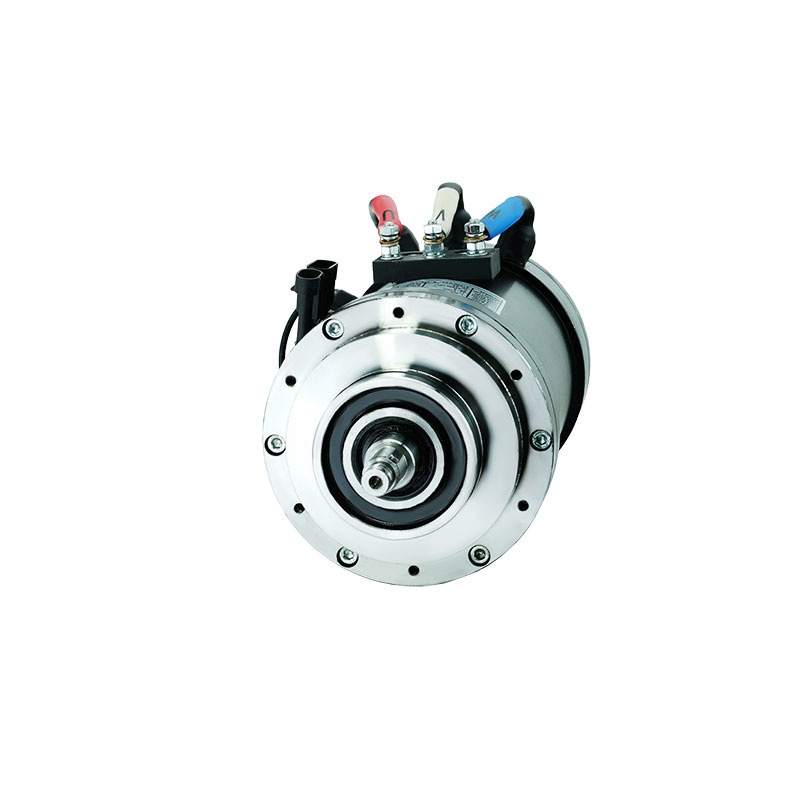



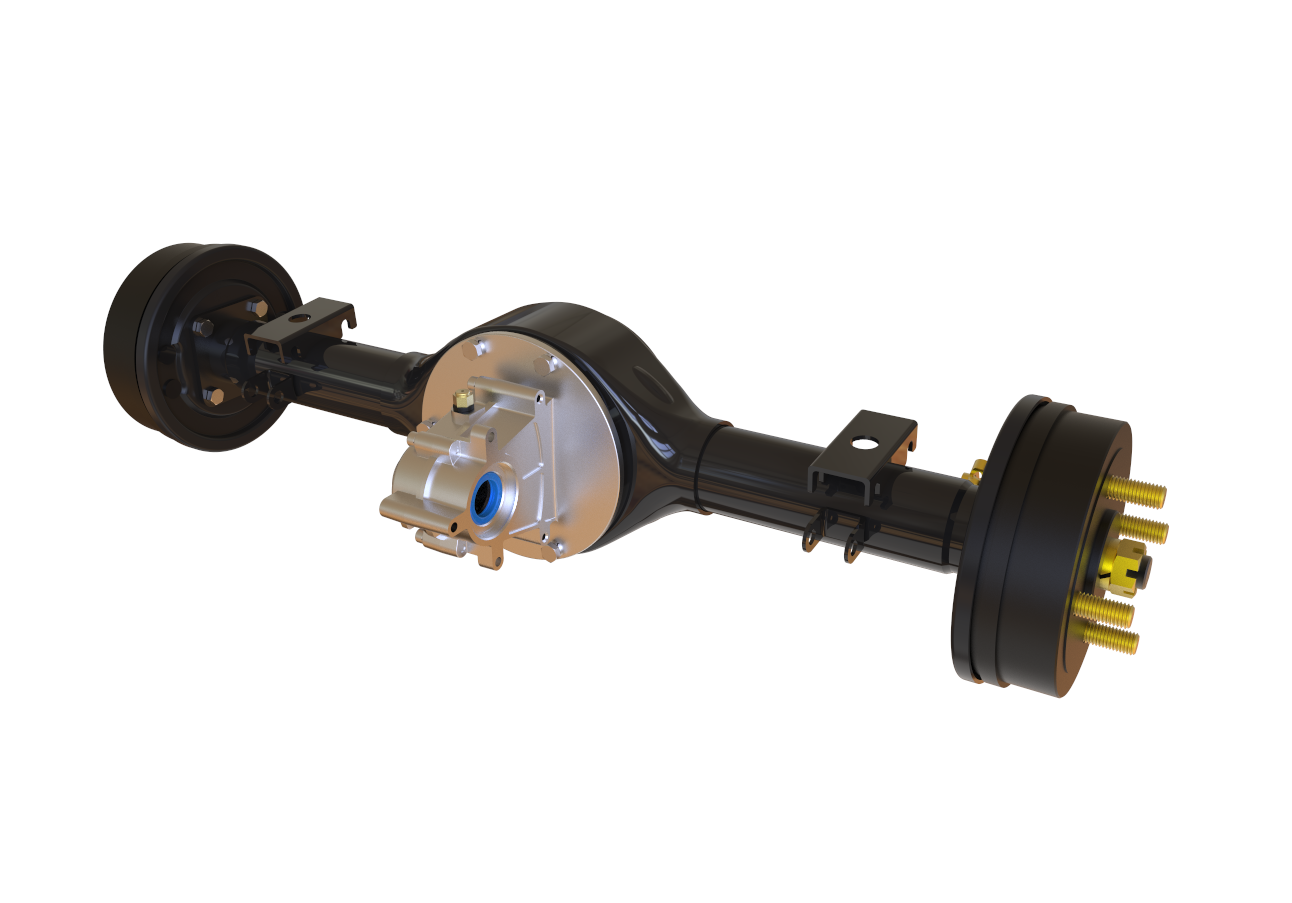
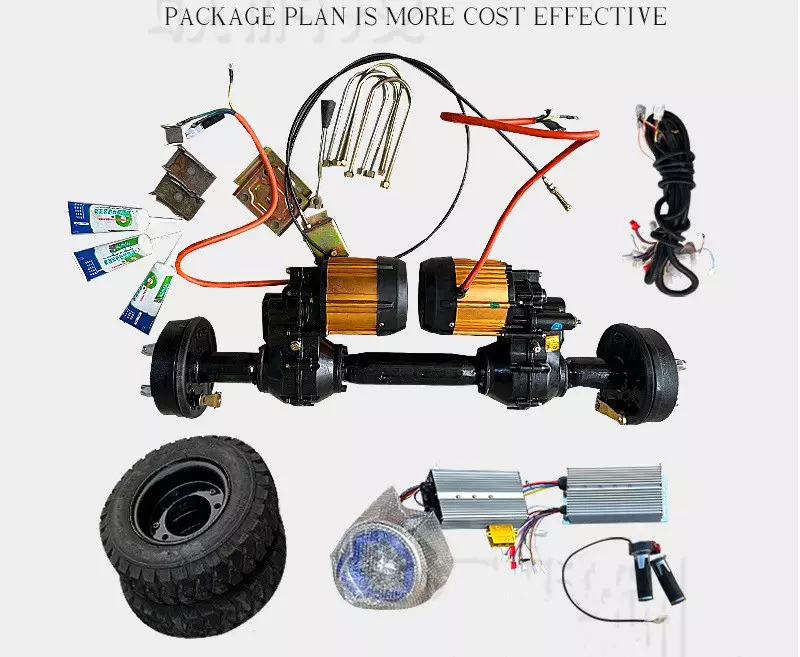

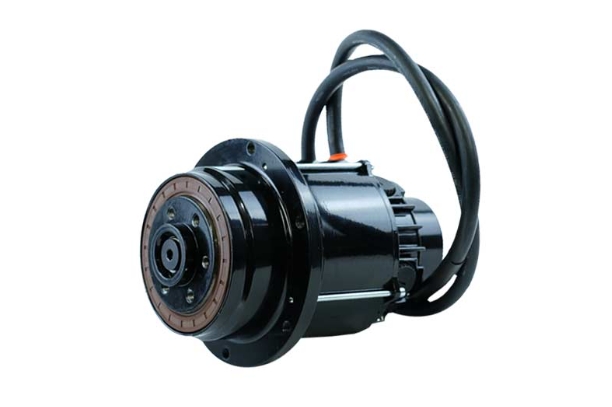
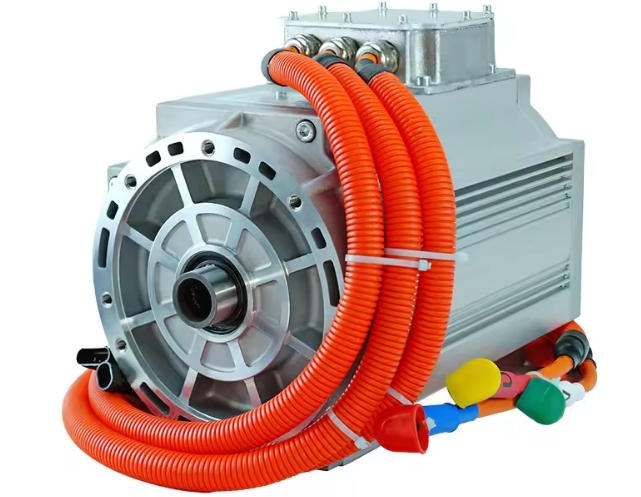
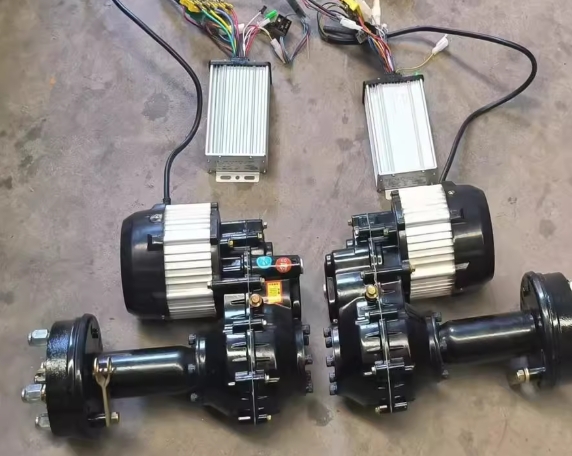
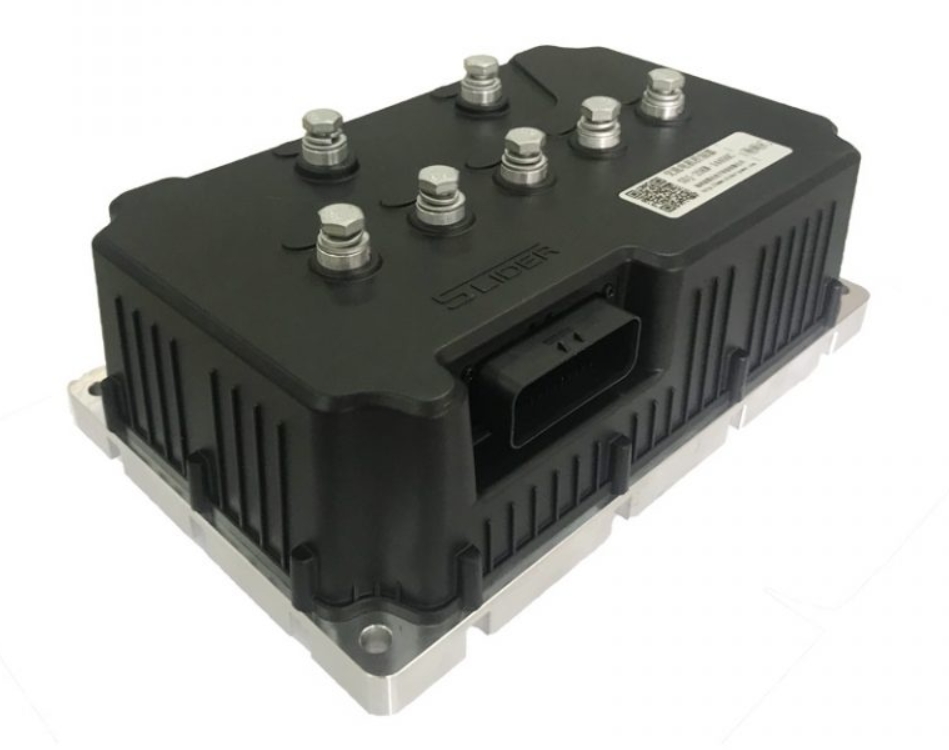

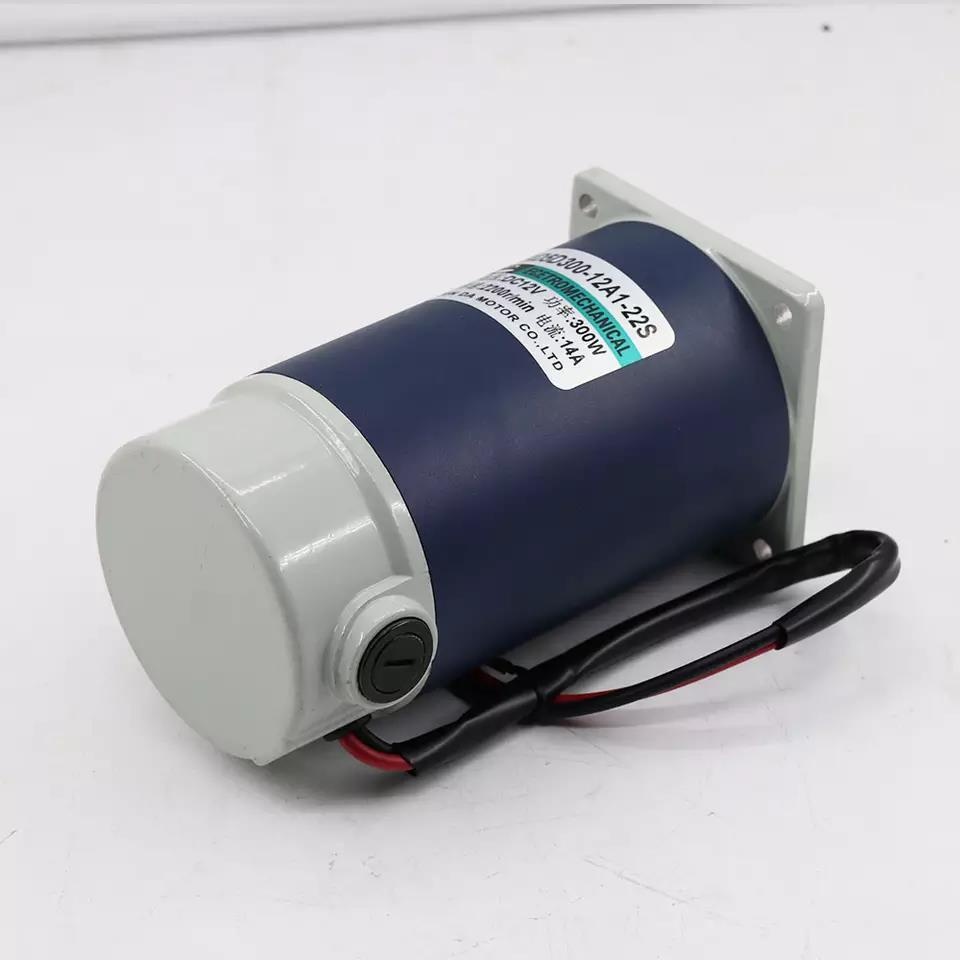

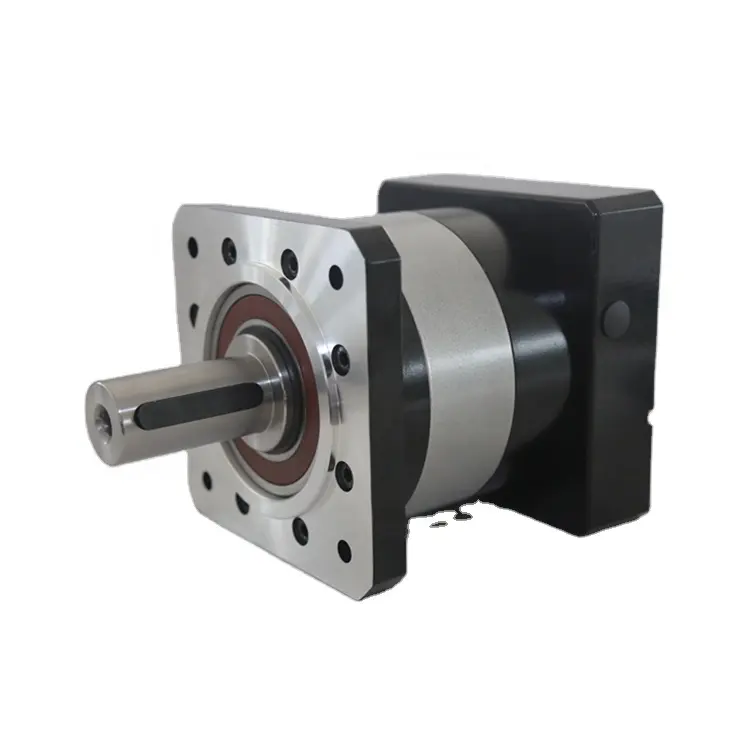
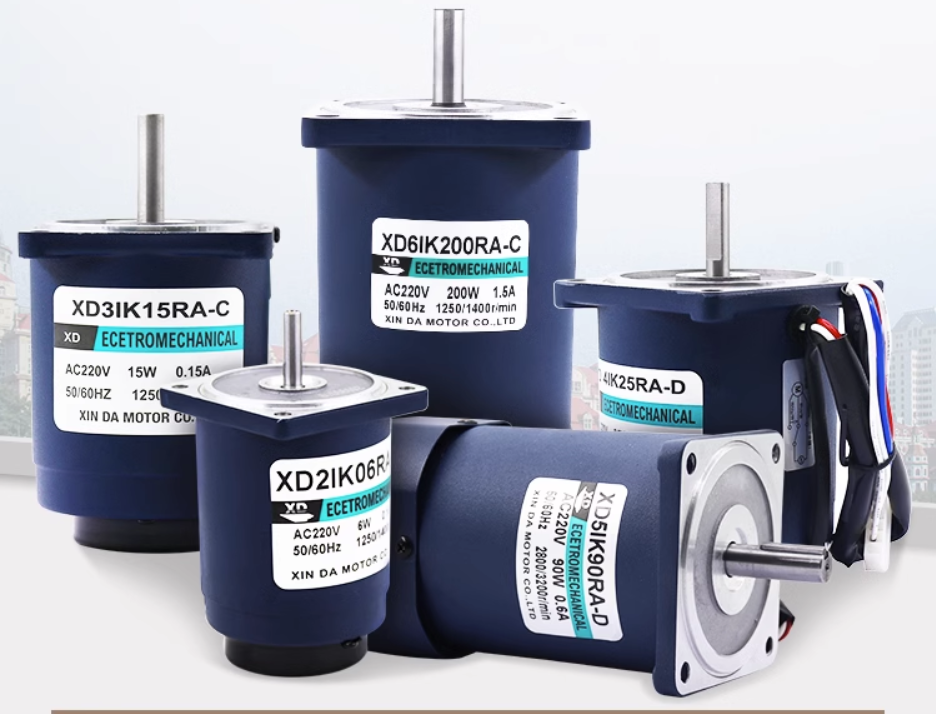



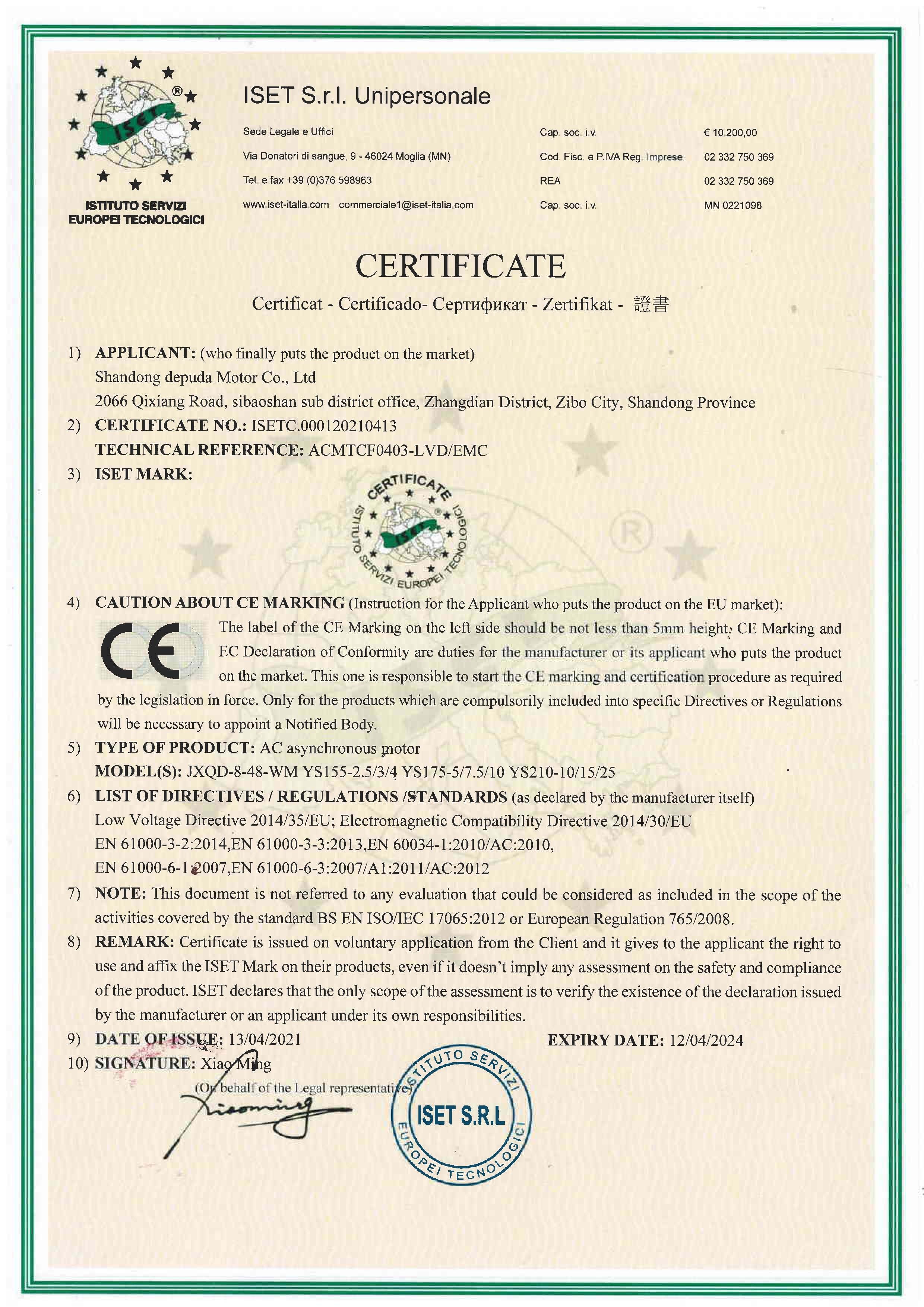
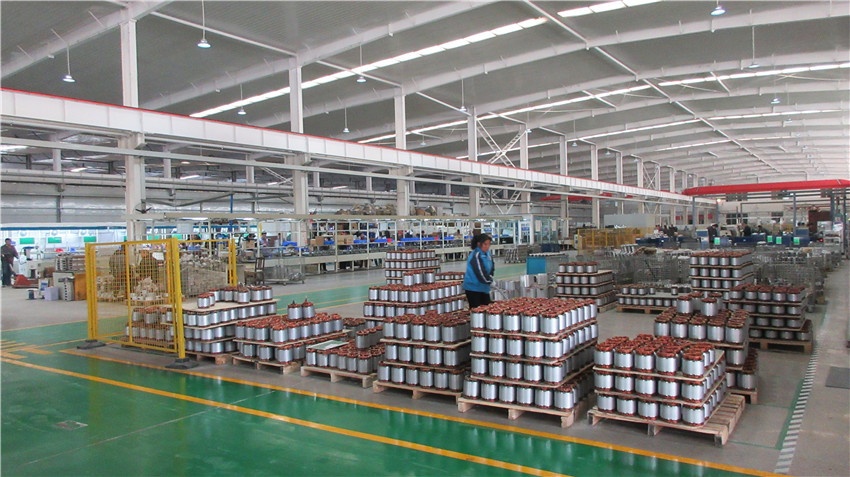
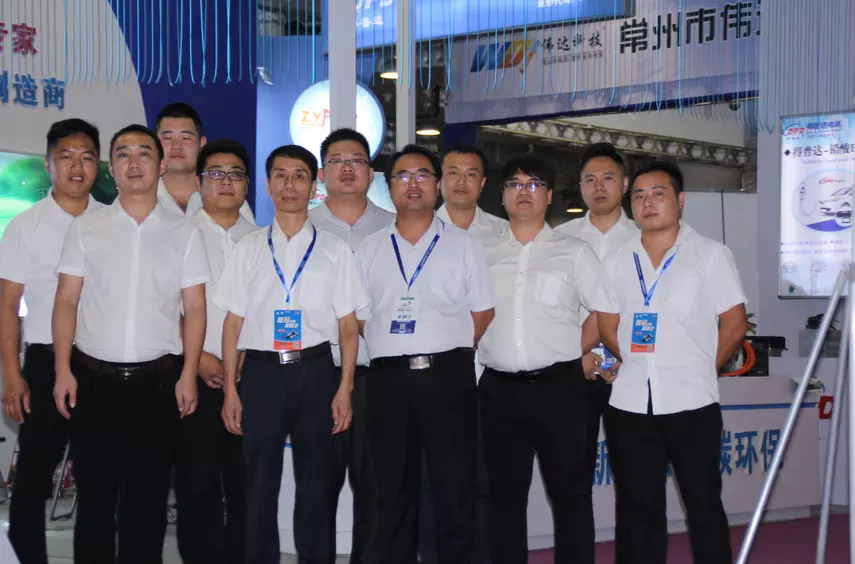


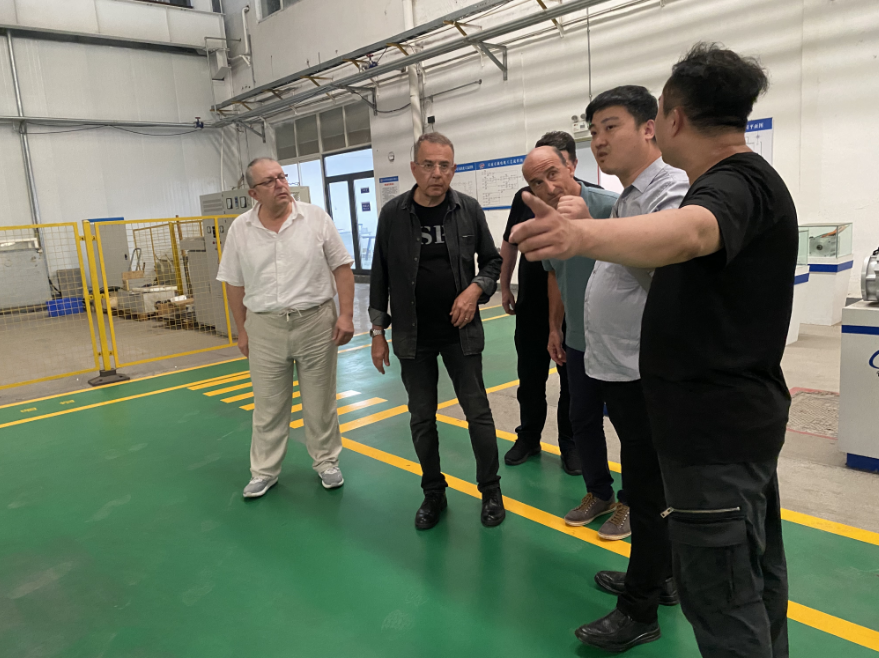
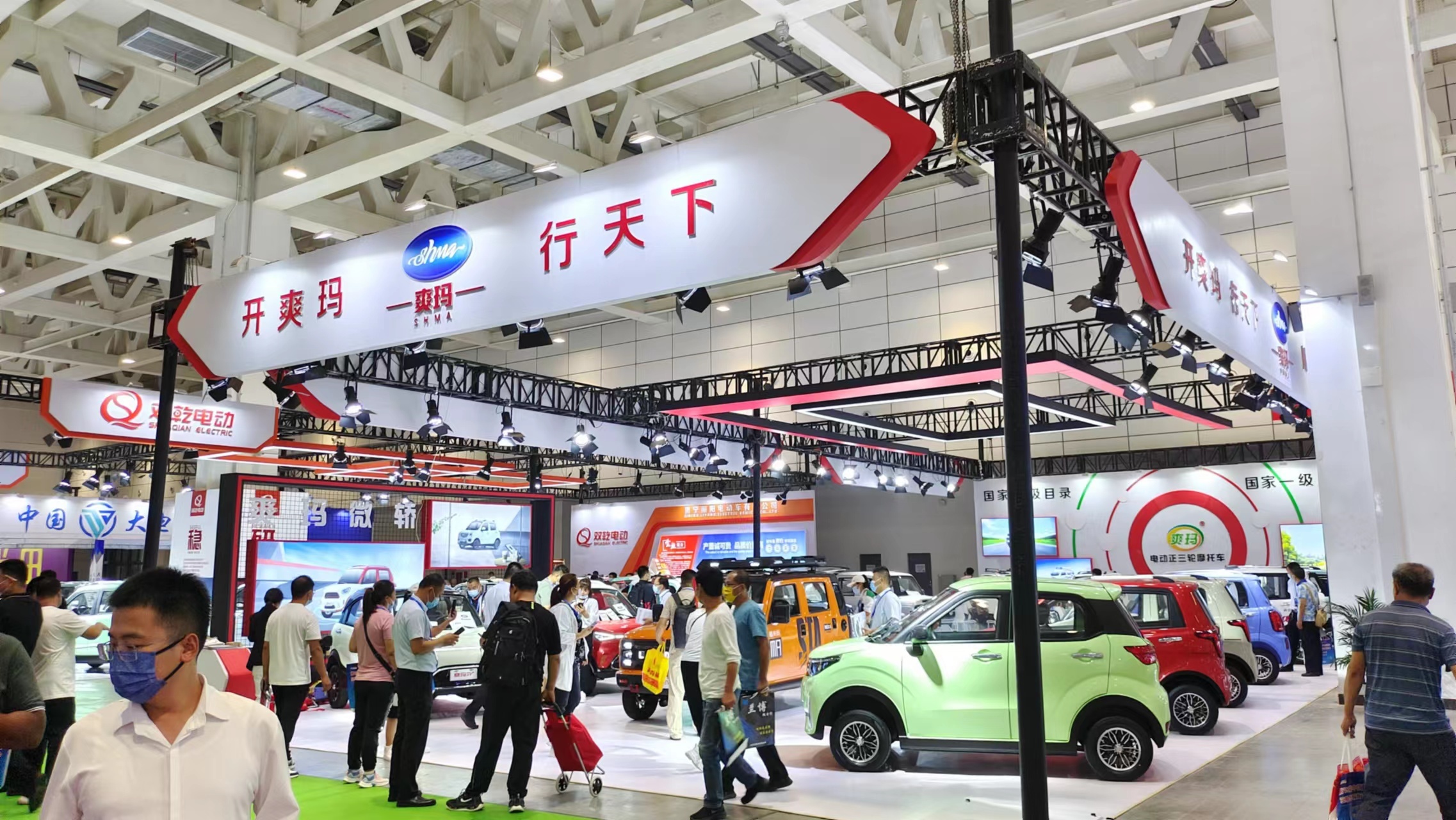


 XINDA
XINDA